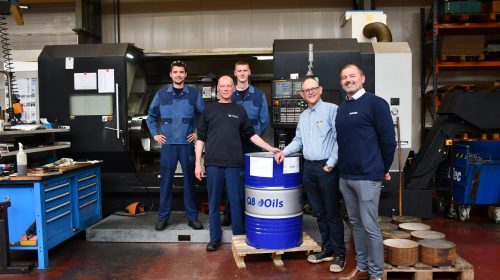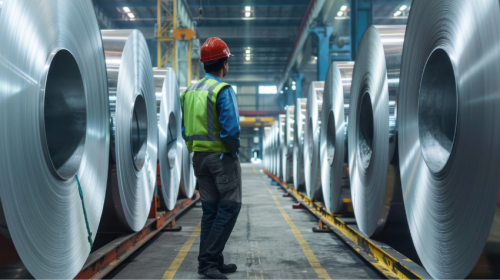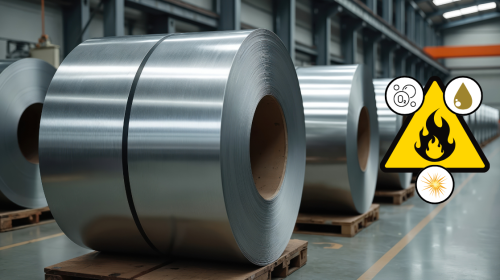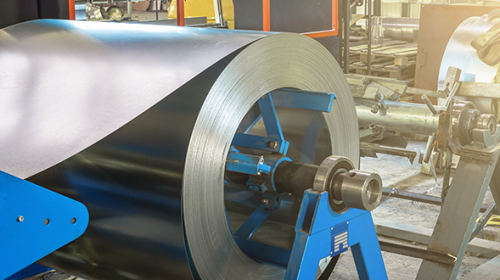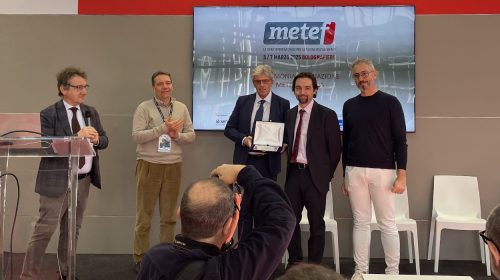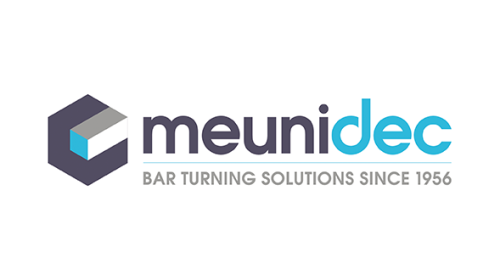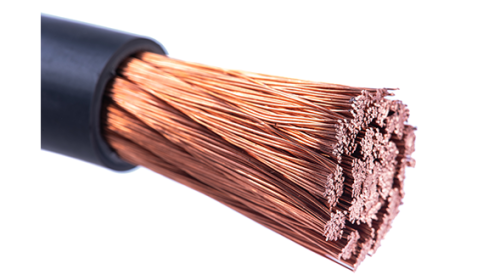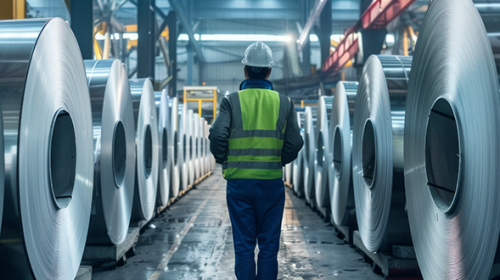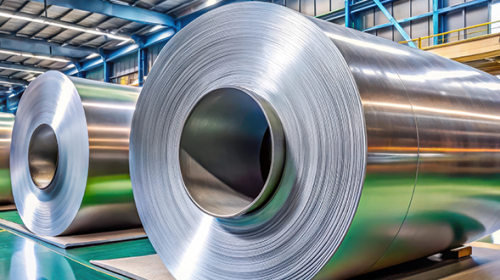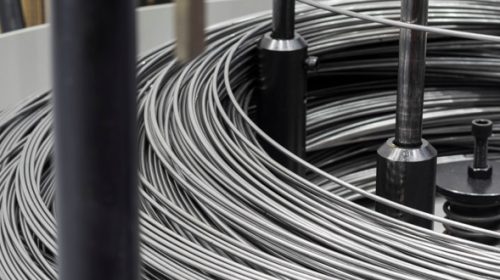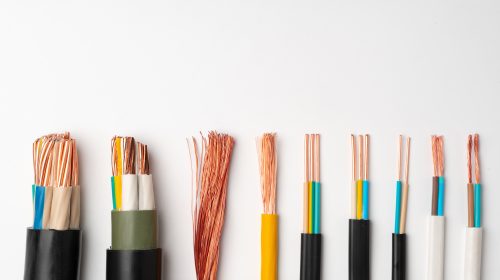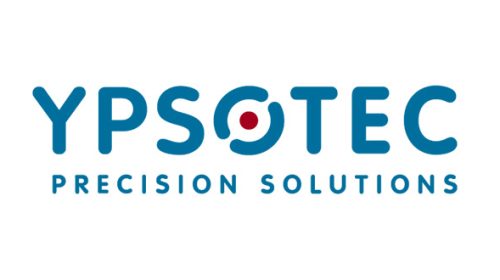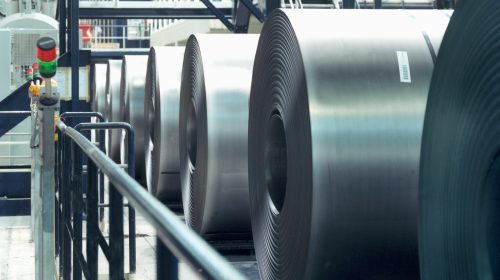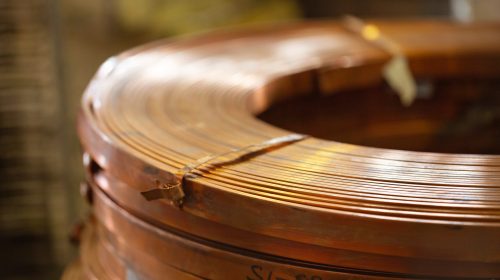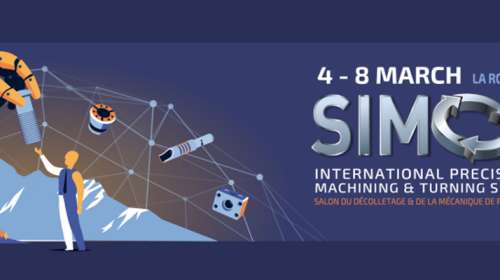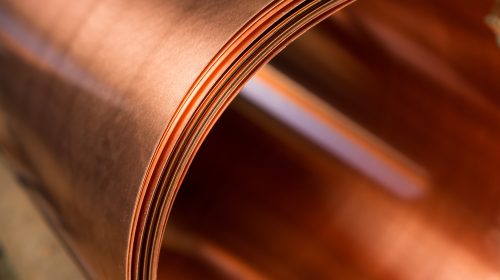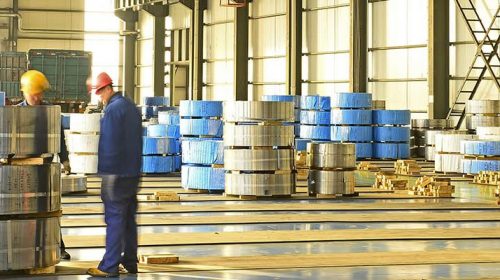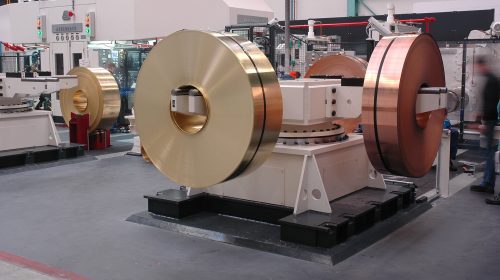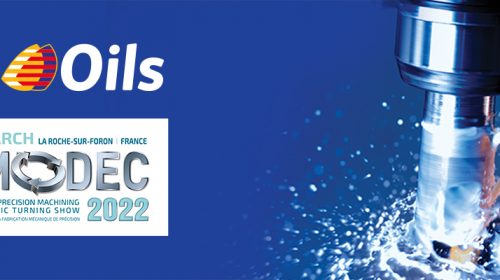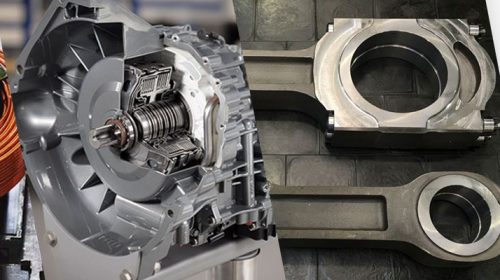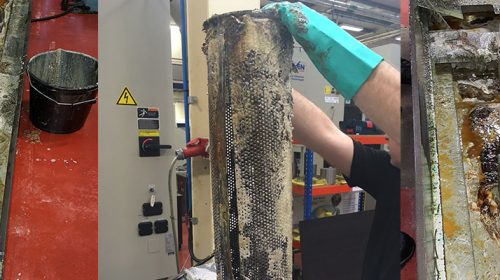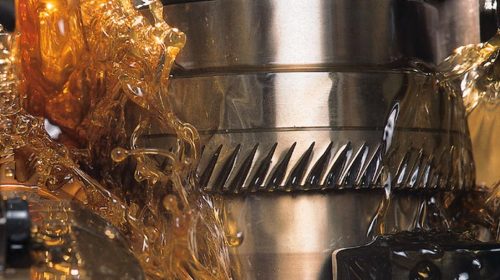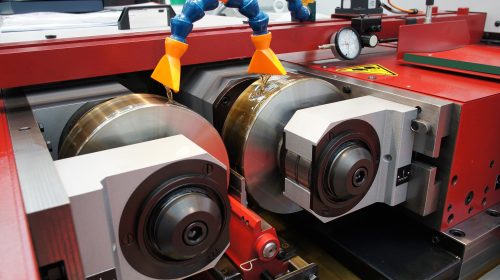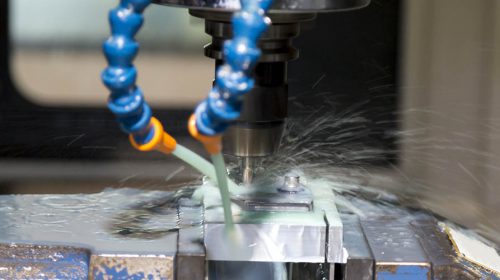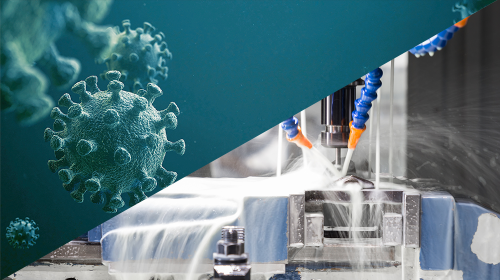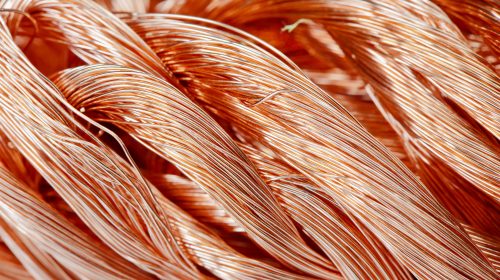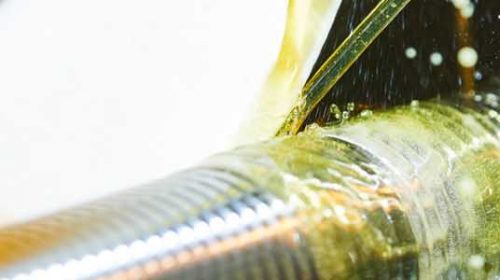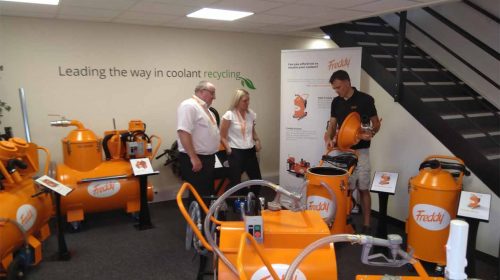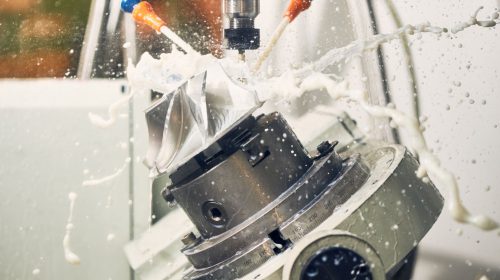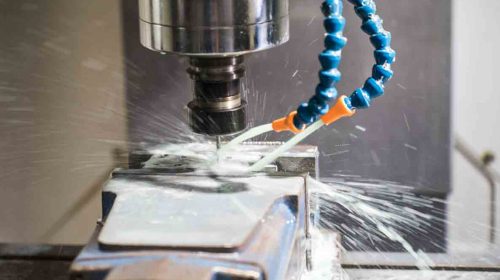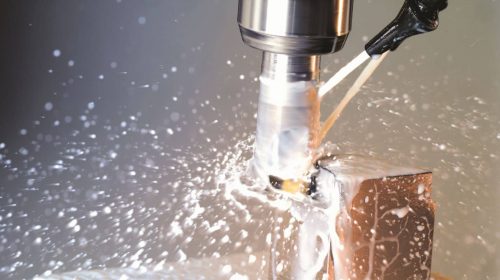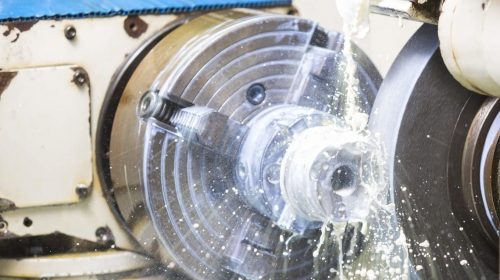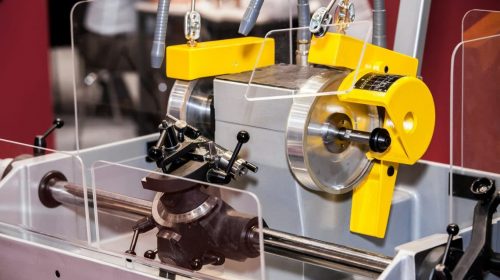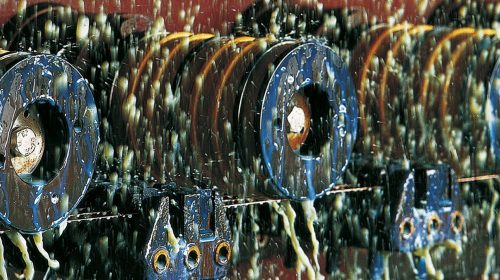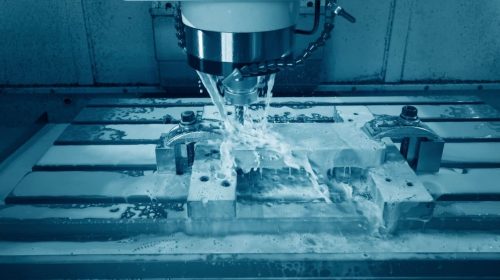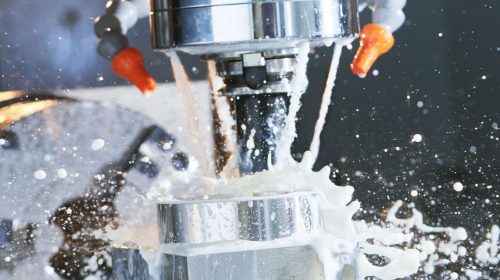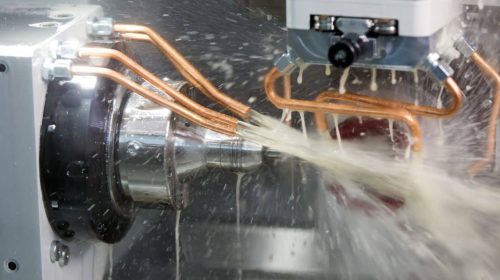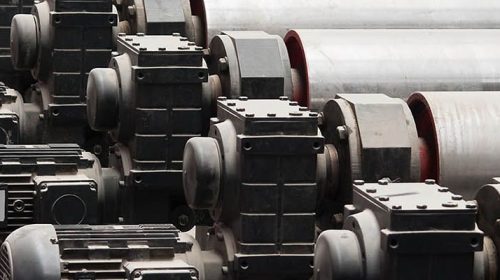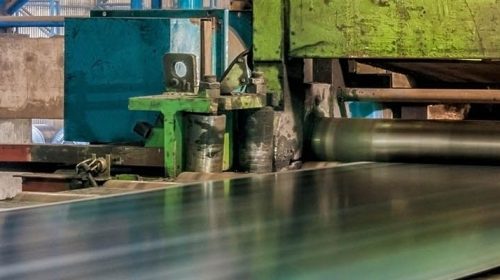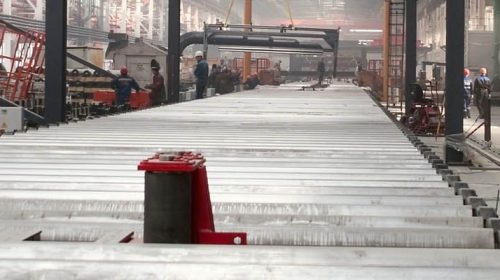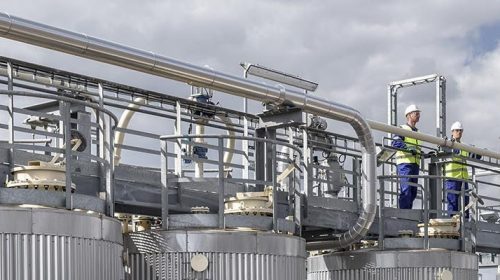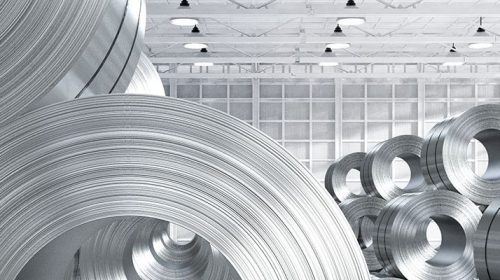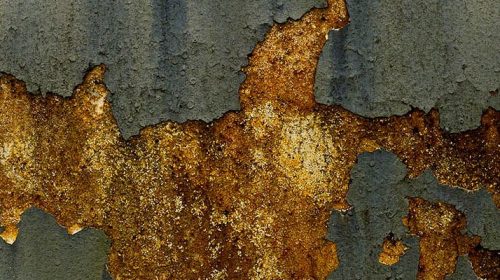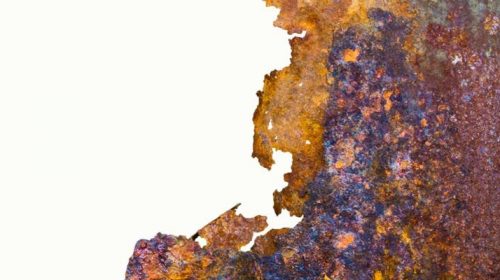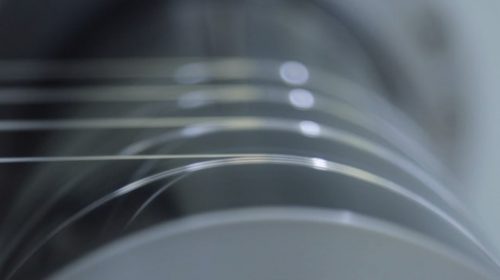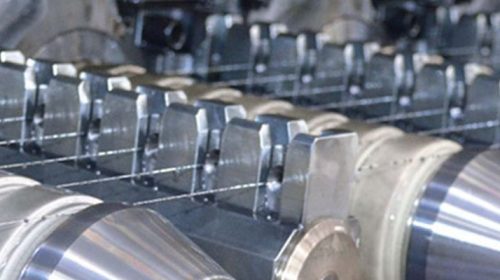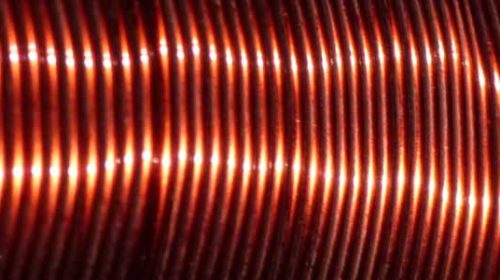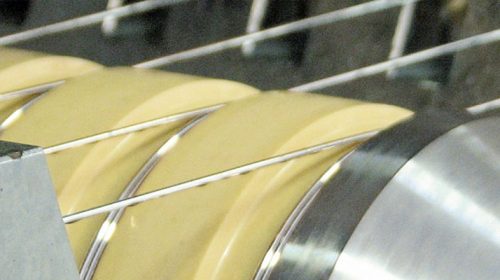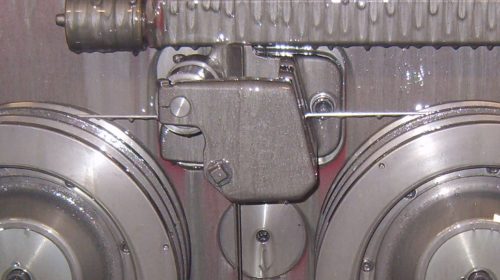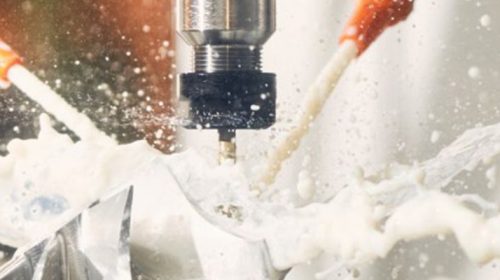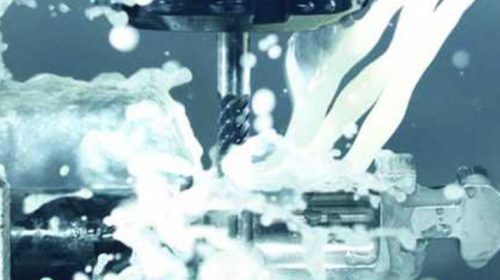Although often overlooked, metalworking fluid management is an important factor in the manufacturing process. Poor or even lack of MWF management will highly decrease the quality and life of a MWF and produce extended problems in the production process, such as decrease the life time of tools, machines, etc. This means that MWF costs and other manufacturing costs associated with or influenced by MWFs will be high.
Good fluid handling and disposal principles will reduce machine MWF costs in metal cutting and grinding operations. MWF costs can be reduced by extending the life as much as possible and reducing the costs of the disposal. Other costs in the manufacturing process will also be reduced by this since they are influenced by the type of MWF management you do. Some of these good principles are cost free while others require investment but all bring a considerable reduction in the overall production costs.
Here are 6 simple solutions that can solve many of the problems:
- Use quality products rather than low cost products
- Minimise the variety of MWFs in-house
- Use lubricants and hydraulic oils compatible with your MWFs
- Use demineralised water
- Carry out a proper maintenance of the MWF
- Keeping records
1. Use quality products vs low cost products
Do not automatically buy low cost products. Low cost can also mean low quality MWF. Usually higher priced MWFs are better, more stable, longer lasting and offer better protection and because of this will perform much better than ‘cheap’ ones. The cost of MWFs represents 0.5% of the manufacturing processes costs. The saving achieved by buying ‘cheap’ products will be surpassed by the costs in decreasing productivity, tool wear, and higher MWF maintenance. Having just one or two MWF suppliers will also have an impact in the response time if ever a problem emerges. Very important is also to choose suppliers that support their products by having a service equipped to give a quick answer about the condition of a MWF and are able to analyse and fix any possible problems.
2. Minimise the variety of MWFs in-house
As a general rule in most workshops there should not be more than three types of MWF in use. The fewer the better. More variation in MWFs mean more labour and more equipment, and storage of several products which means higher costs.
3. Use lubricants and hydraulics oils compatible with your MWFs
The most common contaminant in metalworking MWFs is tramp oil. Tramp oil forms when lubricating oils, greases and hydraulic fluids fall into the MWF or when work pieces are oily or have a corrosion protective layer.
It is possible to buy lubricants, greases and MWFs from the same supplier or that are at least chemically compatible. Suppliers can provide information about them or they can be easily tested for compatibility by mixing and stirring equal amounts of MWF and lubricating oil.. The aim is to determine how fast the MWF and lubricating oil separate out. The faster both liquids separate the better the compatibility and the less problems it may cause in future.
4. Use demineralised water
The minerals present in water react with the emulsifiers in the MWF. They also increase the rate at which bacteria and fungi can grow, which will shorten the life time of the MWF. The more minerals present in water the harder the water is. Some MWF producers will have stable products specifically designed for hard water,
By demineralising the water you reduce the amount of minerals in it, softening the water and therefore reducing the impact on the MWF . Another positive that comes from demineralising the water, is the fact that you stop being a victim of possible variations in the hardness of water supplied by the water companies; you are in control of how hard or soft you want the water to be and therefore achieve consistency.
There are ways to demineralise water such as water purification systems, like deionizers and reverse osmosis systems. Water softeners are not as recommended because they do not remove chloride and sulphate ions which are extremely corrosive, so this process may prove to have a negative impact rather than improve.



